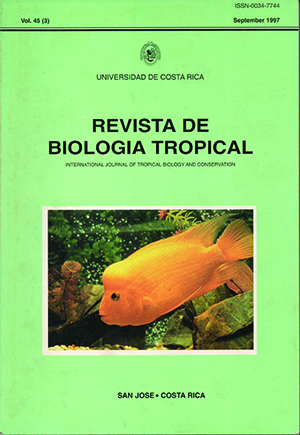Abstract
Hematological and clínical alterations were investigated in horses injected with snake venom and subjected to repetitive bleeding, followed by plasmapheresis<, for the production of polyvalent (Crotalinae) antivenom. These horses were compared to a control group that had not been immunized with venom and was subjected to the same bleeding protocoL Significant differences were observed between the two groups before the onset of the bleeding progi'am, as immunized horses had lower hemoglobin concentration and hematocrit and higher total serum protein concentration than the non-irnmunized group, probably as a consequence of venom inoculations. When subjected to the bleeding program , similar alterations were observed in the two groups. There was a slíght drop in hemoglobin concentration and hematocrit, as well as a reduction in seruqt protein concentration. In addition, there was a slight reduction in serum sodium and potassium concentrations. No clinical alterations were observed in these animals neither as a consequence of bleeding nor after plasmapheresis. A conspicuous drop in the neutralizing ability of serum was observed along the bleeding programo Administration of Ringer's Iactate solution at the last day of bleeding increased sodium and potassium concentrations lo values similar to those before the initation of the bleeding programo Our results indicate that no major clinical alterations, and onIy minor laboratory changes, develop in horses as a consequence of this bleeding programo Plasmapheresis and administration of Ringer's lactate solution are recommended in antivenom-producing laboratories, in order to minimize deleterious effects.##plugins.facebook.comentarios##

This work is licensed under a Creative Commons Attribution 4.0 International License.
Copyright (c) 1997 Revista de Biología Tropical
Downloads
Download data is not yet available.


